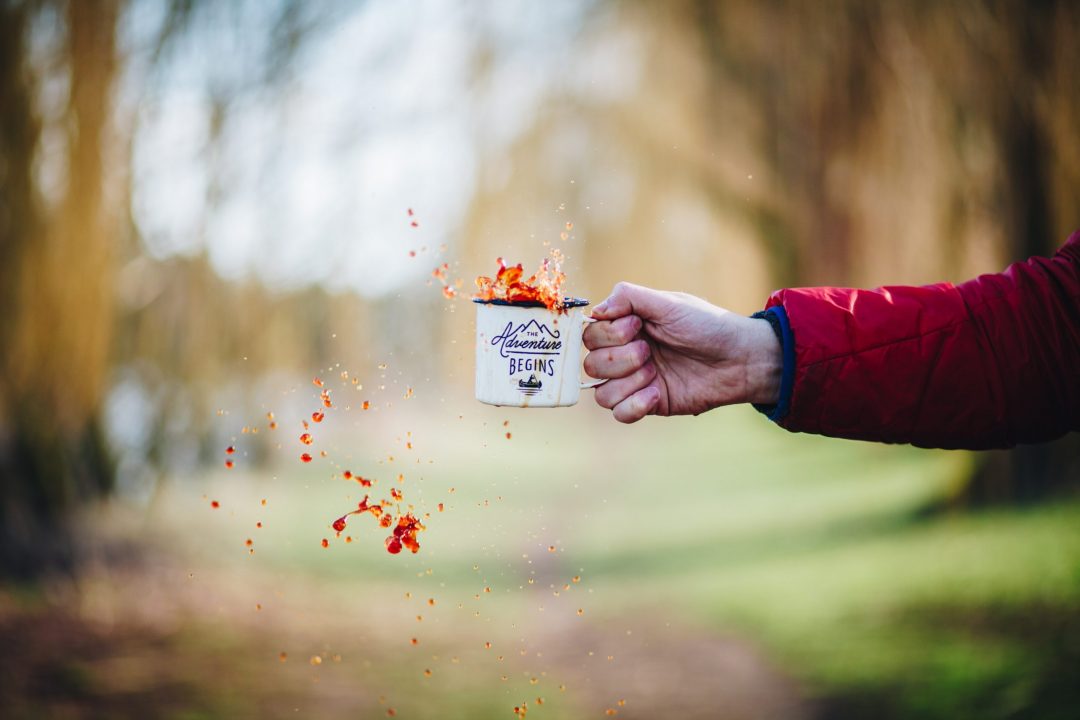Listen to me read this post…
Here we are, five years after my blog post on how to hold space went viral, and we’ve just launched the global Centre for Holding Space. It’s exciting and gratifying and also a little nerve-wracking. I couldn’t have imagined this even as recently as a year ago! It’s a bigger dream than I even dared to have. AND… in just two months, my book launches! Two babies in one year! (Can I call them twins if they’re born two months apart?)
I’ve been in reflection mode quite a lot, these past few months, as Krista and I have been diving deeper and deeper into the development of this. I’ve been asking myself lots of questions like “How did I get here?!” and “How did I get so lucky to have found the kind of work that fills my life, and others’ lives, with so much meaning?”
It’s a bit of an unusual thing to tell people that I’ve committed my life to guiding and supporting people in the art of holding space. While a few people’s eyes light up, many just look confused. As much as this work may have grown, and has taken me many interesting places all over the world, there are still many who are new to the language.
What does it take to get here, to this place where I’m now known as an “expert” in the art of holding space? Well, in my case, it took a lot of grief and trauma and many years of fumbling. It started out with many mistakes, and lots of what I now call “hijacking space” (the opposite of holding space).
Before the blog post there was the fumbling.
I think it’s true that many of us end up teaching what we most need to learn.
Before I learned to hold space, in my late-twenties, I became convinced that it was MY JOB to keep my loved ones alive and happy and emotionally healthy. Forget holding space – I needed to try to CONTROL what was going on so that everyone was safe and well cared for. That message had already been shaped by watching my mother sacrifice nearly everything for her children and husband, and then it was further imprinted on me during my first pregnancy.
Three months into that pregnancy, just as I was ending the first trimester, I was suddenly bleeding, profusely. My husband rushed me to the hospital and I was fairly certain I was having a miscarriage. I wasn’t, but I had to stay in the hospital for a few days of monitoring and then was told to be cautious about how much I exerted myself. I went home anxiously aware that my choices in the next six months could mean the life or death of my child. (She lived and is now a university graduate.)
Then, only a month and a half later, my husband’s emotional health spiralled, and suddenly I found myself scrambling to figure out how to support him, while learning everything I could about his mental health issues. Despite my efforts, though, he attempted suicide. After a week in the hospital, he was sent home with me – his primary support – and I was overwhelmed with the responsibility of keeping him alive so that our child would have a father.
Five years and two children later, I was part way through my third pregnancy when, once again, I found myself in a hospital bed trying to keep a baby alive. This time, despite my efforts and the doctors’ efforts, that pregnancy ended with the stillbirth of my son. Something changed in me during the three weeks in the hospital, though. That’s when the spark of what is now my understanding of holding space was ignited.
I had no control over the outcome of that pregnancy, and I couldn’t hold myself responsible for my son’s death. Somehow, in the midst of the grief of that time, when I started to practice releasing control, it started a healing process in me and I stepped onto the path that would eventually lead me to this work. On that path, I found labyrinths, I experimented with mandalas, I went on a number of solo retreats, and I dove wholeheartedly into The Circle Way. I wrote a lot, I deepened my creative and spiritual practices, and I immersed myself in a wide range of related teachings, always on a quest for the wisdom that would teach me how to live in a world that felt increasingly chaotic and outside of my control.
I discovered that to hold space is to release attachment to outcome and to learn to sit with discomfort and ambiguity.
Ten years after our son died, while I was just about to start my own business, my husband’s mental health spiralled again. This time, I was a bit more equipped, but I wish I could tell you that my new understanding made me better able to hold space for him. No, what really happened is that his second suicide attempt triggered all of my old trauma and, once again, I found myself desperate to keep him alive and to fix the things that sent him spiralling. And this time, I had three daughters to protect. Many tears were shed in my vehicle as I drove between the psych ward, where I needed to advocate for my husband in a flawed mental health system, and the soccer field, where I needed to show up as the unflappable mom keeping her daughters’ lives relatively stable.
Once the intensity of the crisis subsided, though, I could see more clearly what changes needed to happen, and one of those changes resulted (a few years later) in the dismantling of my marriage. I recognized, during that time, that there was a trauma bond at the heart of our marriage which made it nearly impossible for me to hold space for him or for him to hold space for me. Where deeply rooted patterns of clinging and fixing and controlling and triggering have become ingrained, it’s hard to evolve into new patterns of holding space.
At the same time, my mom was dying of cancer, and I was reminded once again about my inability to control the lives or health of the people I love. At my mother’s deathbed, watching her slip away, after a dozen years of learning about letting go and holding space, the spark in me that had been ignited by my stillborn son Matthew grew bigger. Two years later, I wrote the blog post that has now been seen by approximately ten million people, about how witnessing a palliative care nurse at mom’s bedside helped me bring together the pieces and finally attach the words to this practice that has become so much a part of my life.
I didn’t coin the term “holding space” (I first learned about it through teachers in the Art of Hosting, influenced by Harrison Owen’s work), but it’s become the practice that defines my work and much of my life.
This work has changed me – in hard and oh-so-beautiful ways. In learning to let go, I found freedom. In learning to hold space, I found connection.
I will spend the rest of my life in this practice. I will continue to grow and deepen my understanding, and I will continue to share that learning with those who gather in circles with me around the world, in-person and online. That spark that was ignited in the hospital, before my son died, continues to grow and it lights the path not only for me but for the many people who read my words and show up in my workshops. And now it is growing into an even bigger flame as it includes Krista and the people joining our team.
Thank you for coming to join this community. We hope we can help the spark in you grow too.

